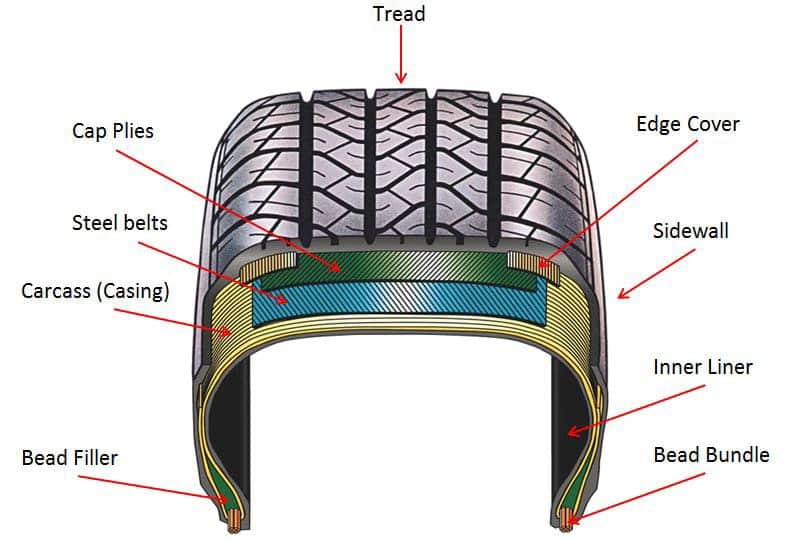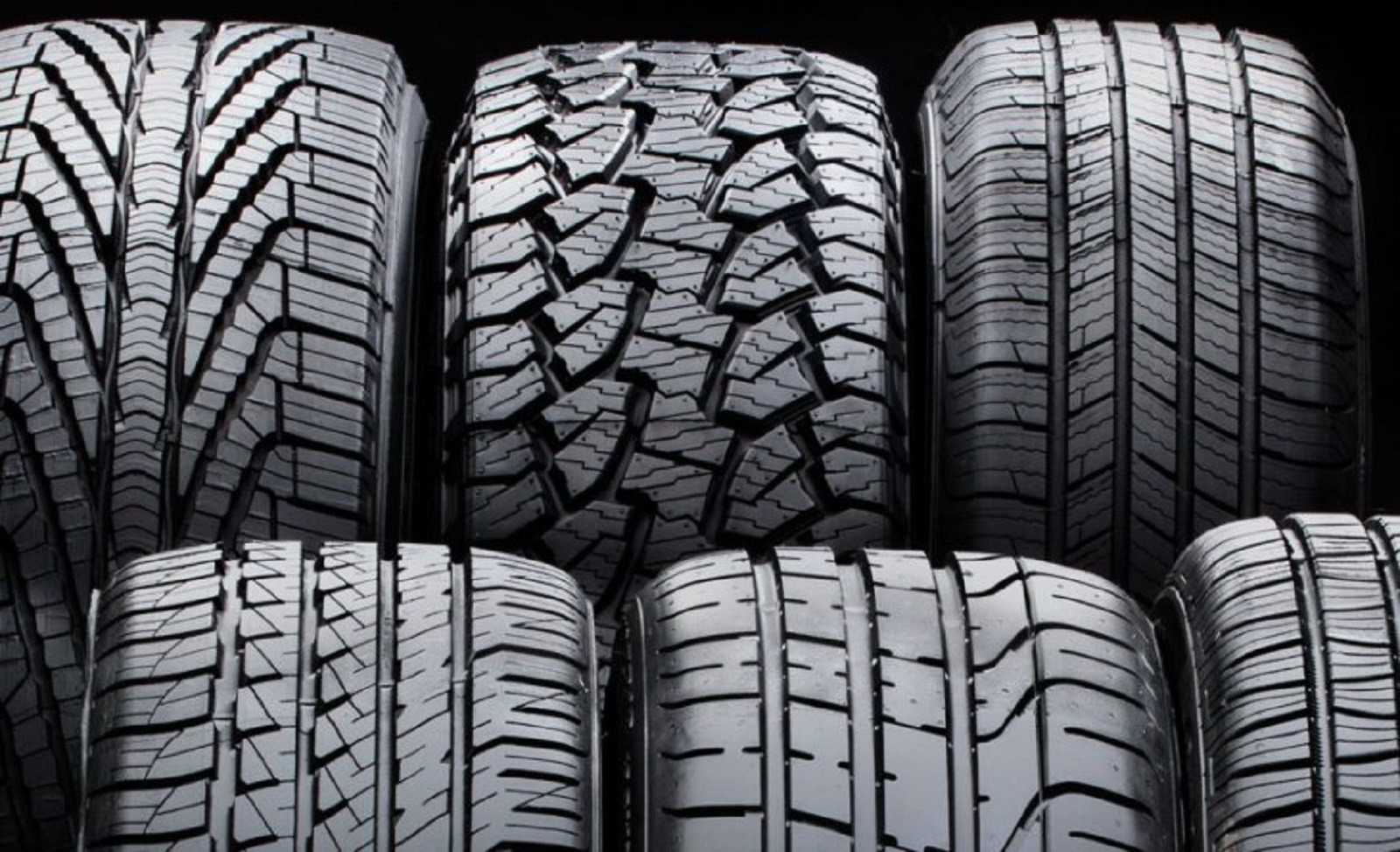When it comes to maintaining your vehicle, choosing the right tires is one of the most crucial decisions you’ll make. Tires are the only contact point between your vehicle and the road, and they play a significant role in ensuring your safety, vehicle performance, and fuel efficiency. The right set of tires can enhance your driving experience, provide better grip, and reduce the likelihood of accidents. Additionally, the right tires can also improve fuel efficiency by reducing rolling resistance, ultimately saving you money in the long run. In this comprehensive guide, we’ll discuss the key factors to consider when choosing tires for your car, truck, or SUV. From tire types to sizing, and the impact of tread patterns, we’ll help you make an informed decision that suits both your driving needs and budget.
Understanding Tire Types and Their Benefits
Tires come in various types, each designed for specific driving conditions. Understanding the different tire types can help you choose the best one for your needs, ensuring better performance and safety.

All-Season Tires
All-season tires are the most popular type of tire for everyday driving. These tires are designed to handle a wide variety of conditions, including dry roads, light rain, and light snow. While all-season tires offer convenience and versatility, they may not perform as well in extreme weather conditions, such as heavy snow or ice. However, if you live in an area with mild winters and moderate weather throughout the year, all-season tires are a solid choice for comfort and efficiency.
Winter Tires
Winter tires, also known as snow tires, are specifically designed to handle the cold, icy, and snowy conditions during the winter months. These tires feature a unique tread pattern that improves traction and grip on slippery surfaces. The rubber compound used in winter tires remains flexible even in freezing temperatures, allowing for better contact with the road. If you live in a region with harsh winters, investing in a set of winter tires is crucial for maintaining safety and control.
Summer Tires
Summer tires are designed for optimal performance in warm weather conditions. These tires offer superior handling, braking, and cornering capabilities on dry and wet roads. The rubber compound in summer tires provides excellent traction and performance at high temperatures, but they lose their grip in cold or snowy conditions. Summer tires are ideal for areas with hot climates or regions where winters are mild. They are also the best choice for sports cars or performance vehicles.
All-Terrain and Off-Road Tires
If you frequently drive off the beaten path or enjoy outdoor activities like off-roading, all-terrain or off-road tires are a great option. These tires are designed with a more aggressive tread pattern that provides enhanced traction on rough terrains such as dirt, gravel, and mud. They also offer better durability for challenging road conditions. However, it’s important to note that while they perform well off-road, all-terrain tires may have a rougher ride on paved roads compared to standard tires.
Tire Size: Why It Matters
The size of your tires is essential for maintaining proper vehicle performance and safety. Tire sizes are indicated by a series of numbers and letters printed on the sidewall of the tire. These numbers represent the width, aspect ratio, and diameter of the tire, and they are crucial for determining how well the tire fits your vehicle.
Understanding Tire Size
A typical tire size might look like this: 205/55R16 91V. Let’s break this down:
- 205: This is the width of the tire in millimeters.
- 55: This is the aspect ratio, representing the tire’s height as a percentage of its width.
- R: This indicates the tire’s construction type (R stands for radial).
- 16: This is the diameter of the wheel the tire is designed to fit, in inches.
- 91V: This is the load index and speed rating, indicating the maximum load capacity and the tire’s top speed.
Choosing the correct tire size is important for your vehicle’s handling, comfort, and safety. Installing the wrong size can affect your car’s performance, fuel economy, and even cause damage to the suspension.
How Tire Size Affects Fuel Economy
The size of your tires can also impact your vehicle’s fuel efficiency. Larger tires tend to have a higher rolling resistance, which can reduce fuel efficiency. On the other hand, smaller tires may not offer the same level of stability and performance. It’s essential to choose a tire size that is compatible with your vehicle’s specifications and optimized for fuel savings.
Tire Tread Patterns: Enhancing Traction and Performance
The tread pattern on your tires plays a critical role in how well your vehicle grips the road. Different tread designs are suited for various driving conditions and can affect your vehicle’s performance, safety, and efficiency.

Symmetric vs. Asymmetric Tread Patterns
Tires typically come with two types of tread patterns: symmetric and asymmetric. Symmetric tread patterns feature a uniform design that runs across the tire, offering consistent traction and handling. These tires are often used in all-season and economy tires due to their durability and cost-effectiveness.
Asymmetric tread patterns feature a combination of different patterns on the inner and outer parts of the tire, offering better grip and performance. These tires provide improved handling, especially on wet or dry surfaces, and are commonly found in performance and sports tires.
Directional Tread Patterns
Directional tread patterns are designed for one-way rotation, allowing the tire to channel water away from the contact patch more effectively. These tires are ideal for wet and rainy conditions because they reduce the risk of hydroplaning. If you live in an area with frequent rain or wet roads, directional tires can provide better control and stability.
Tire Maintenance: Prolonging Lifespan and Performance
Proper tire maintenance is essential for ensuring that your tires perform at their best and last longer. Regularly checking tire pressure, rotation, and alignment can prevent uneven wear and reduce the risk of accidents.
Tire Pressure
Maintaining the correct tire pressure is crucial for maximizing fuel efficiency and tire lifespan. Under-inflated tires create more rolling resistance, which reduces fuel efficiency and increases wear. Over-inflated tires can lead to a harsher ride and a greater risk of tire blowouts. Check your tire pressure regularly using a tire pressure gauge and adjust it according to the manufacturer’s recommendations.
Tire Rotation and Alignment
Tire rotation involves switching the position of your tires to ensure even wear. This is important because the front and rear tires wear differently, especially in front-wheel-drive and rear-wheel-drive vehicles. Tire rotation should be done every 6,000 to 8,000 miles or according to the vehicle manufacturer’s guidelines.
Wheel alignment ensures that your tires are properly aligned with the vehicle’s suspension, preventing uneven wear and improving handling. Misaligned tires can cause your vehicle to pull to one side, leading to poor fuel efficiency and faster tire wear.
Tire Balancing
Tire balancing involves ensuring that the weight of each tire is evenly distributed across the wheel. Unbalanced tires can cause vibration, uneven wear, and damage to your suspension. If you notice vibration or irregular wear patterns, it may be time to have your tires balanced.
Choosing the Right Tires for Fuel Efficiency
Choosing the right tires can have a significant impact on your vehicle’s fuel efficiency. Tires with lower rolling resistance require less energy to move, which can result in improved mileage and savings at the pump. Many tire manufacturers offer “eco-friendly” or “low rolling resistance” tires designed specifically to improve fuel economy.

When selecting tires for fuel efficiency, look for the following features:
- Low rolling resistance: These tires are designed to reduce friction, allowing for better fuel efficiency.
- Proper tire pressure: Keeping your tires properly inflated will prevent unnecessary energy loss and improve fuel savings.
- Lightweight materials: Some tires are made from lighter materials that reduce the overall weight of the vehicle, improving fuel economy.
Conclusion: Making an Informed Tire Choice
Choosing the right tires for your vehicle involves considering various factors, such as tire type, size, tread pattern, and maintenance. By selecting the appropriate tires for your driving conditions and needs, you can enhance your vehicle’s safety, performance, and fuel efficiency. Whether you’re driving through rain-soaked streets or navigating rugged terrain, the right tires will ensure a smooth and safe ride. Keep in mind that regular maintenance, including tire pressure checks, rotation, and alignment, can help prolong the lifespan of your tires and keep your vehicle running efficiently for years to come.

Leave a Reply